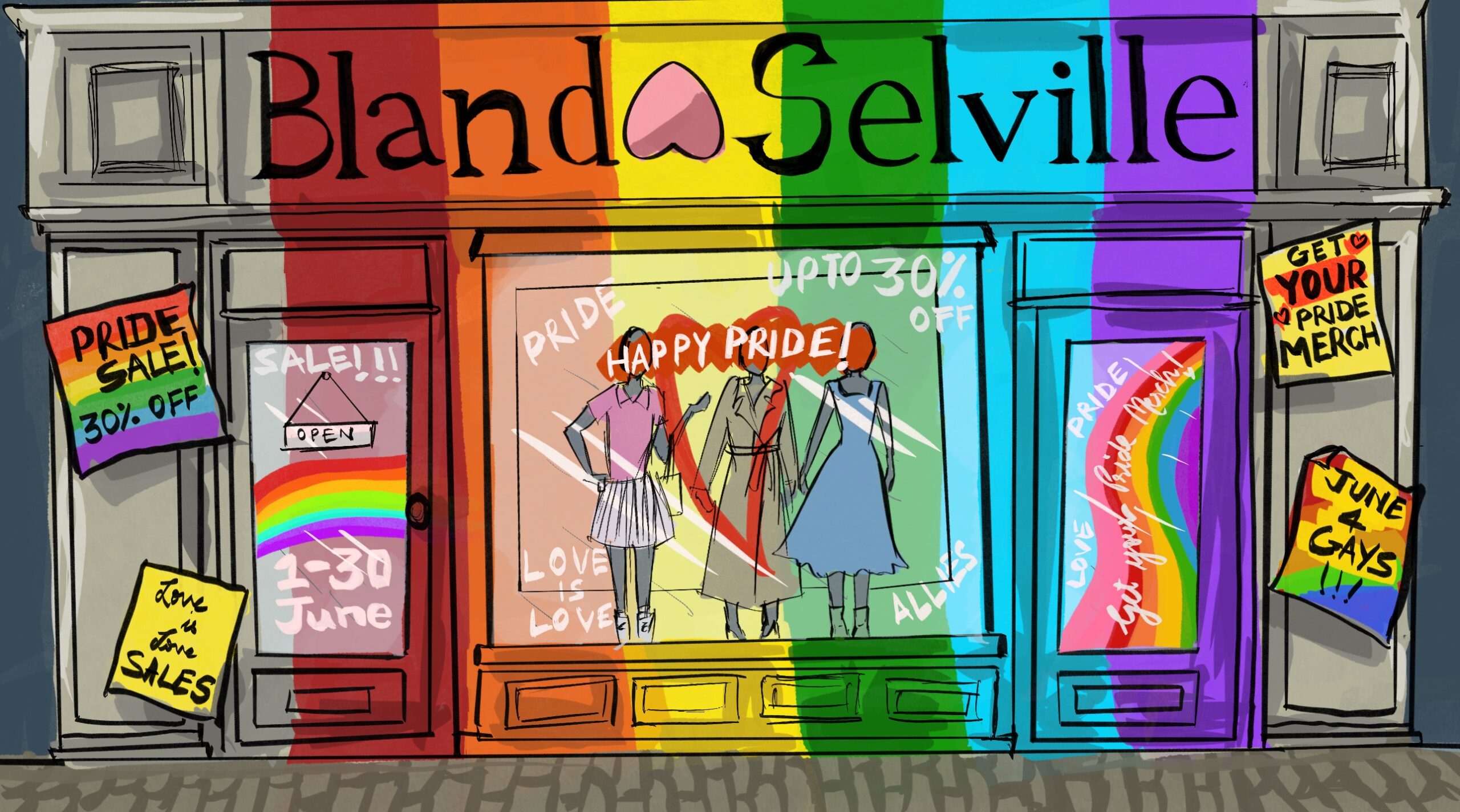Is Black History Month a celebration or a convenience?
Is dedicating a single month to Black history a meaningful step towards equity, or does it reinforce the very marginalization it seemingly works to destroy?
Lately, I’ve been thinking about Black History Month (BHM) and Pride Month, and whether the exclusive celebratory time frame of recognition of such identities causes unintentional harm towards the very identities they try to recognize. While these commemorative months are intended to amplify marginalized voices, they often highlight the uncomfortable paradox of visibility. When recognition is temporary and powered through mass consumption, does it normalize a depreciation of historically marginalized voices for the remaining eleven months?
On the surface, BHM is a period of reflection, education, and honouring the contributions of Black trailblazers that have shaped our society. It serves as a counterweight to forgetting and neglecting, an antidote to a history that has let people of colour and other “minorities” fall through the cracks. Yet, its very existence raises deeper concerns about how society engages with history and identity. If Black History Month is truly integral to national and global history, why is it compartmentalized into a single month? Conveniently, it has become a performativity asset, an item on an acceptance checklist for institutions that otherwise fail or underappreciate Black perspectives.
The performance problem
The performance problem is a substantial one. Universities, corporations, and media platforms have embraced BHM for years as a branding opportunity rather than a genuine commitment to change. In February, social media floods with celebratory posts, companies release limited-edition products stamped with BHM graphics, and institutions highlight Black leaders, only for all of this momentum to diminish significantly as soon as March hits. This cycle is emblematic of the broader issue of performative alliance: grand gestures with little-to-no meaningful follow-though.
In universities specifically, BHM is proudly boasted by panels and faculty to distribute carefully curated reading lists, yet fails to address issues such as faculty diversity, equitable funding, and systemic biases in admissions. Even if faculty hiring decisions are informed, appropriately, by a lens that acknowledges and aims to remedy historical exclusion, institutions such as universities remain hierarchical. Restricted to just one month, a few hires, or a single initiative, these practices are simply scaffolding that does little to incorporate Black representation into the existing organizational structure. The people at the top, who are still predominantly white, are making DEI decisions. Is this truly empowering? Or does it just play within the margins of a system built on exclusion and de-prioritization?
Similarly, businesses leverage BHM for marketing, while Black employees continue to experience workplace discrimination, wage gaps, and a lack of corporate growth. This raises the question, is BHM actually advancing Black communities or is it merely an illusion of progress?
Who does selective storytelling serve?
Another selectively advantageous effect of dedicating only one month to Black history is the way it amplifies only specific narratives. The stories and struggles of famous Black figures like Martin Luther King, Jr. or Rosa Parks are often diluted for mass appeal while downplaying or ignoring the more radical elements of Black resistance. For example, King’s trailblazing work does not begin and end with the need to abolish white supremacy and achieve racial equality. That’s, in fact, a rather superficial analysis of what King stood for. King was steadfast in his convictions that Black resistance and true racial equality could not be achieved without economic equality, anti-militarism, anti-imperialism, and anti-capitalism. According to King, these realities were contingent on his utopian visions of socialism, perspectives which rightfully threatened the US government.
Selective storytelling does more harm than good. It allows society to celebrate a sanitized version of Black history, one where oppression is overcome neatly and easily. When universities or corporations quote famous Black figures in February but refuse to address the structural inequalities they fought against, they engage in a modern version of historical ignorance.
The line between necessary commemoration and problematic compartmentalization is a clear one. The danger of BHM is that it subtly reinforces the idea that Black history is an “extra” rather than an integral part of a broader historical discourse. It suggests that Black achievements exist in an alternate category rather than within the continuous flow of history. This is the same effect which falls on “Pride Month”: it unintentionally marginalizes non-heteronormative individuals by making identity-based history seem supplementary rather than essential. To take this argument further, consider how other histories are treated. There is no “White History Month” because white narratives are seamlessly integrated in history. The existence of BHM reinforces the idea that Black history is an addition, something to be acknowledged periodically rather than naturally ingrained into society’s collective consciousness.
Black resistance needs to be year-round
Another crucial consideration is how BHM reinforces a too-short encapsulation of the meaning behind the cause. It advertises that Black identity is singular and can be captured within a one-month framework. The experiences and histories of Black people are vast and varied, intersectional, and spanning continents, centuries, and cultures. The way BHM is currently structured, however, often simplifies these complexities in favour of a digestible, singular narrative.
So, is BHM fundamentally inadequate? If it were truly effective, would we still need it? The ideal solution would be to integrate Black history into a year-round curriculum, workplace policies, and international conversations, ensuring that it is not an isolated event but a continuous one, embedded in long-standing history.
This means shifting symbolic gestures to actual systemic changes: stronger legal protections against racial discrimination, increased funding for Black-led initiatives and increased reconnaissance of Black efforts and culture. Until we can apply those changes, BHM will remain a necessary but flawed mechanism. It serves as a temporary distraction, a momentary assertion of presence in a world that often tries to forget. But if the goal is true equity, then a single month will never be enough. Real progress demands that Black history and lives be valued and integrated into our collective understanding of the world, not only in February but every day.

